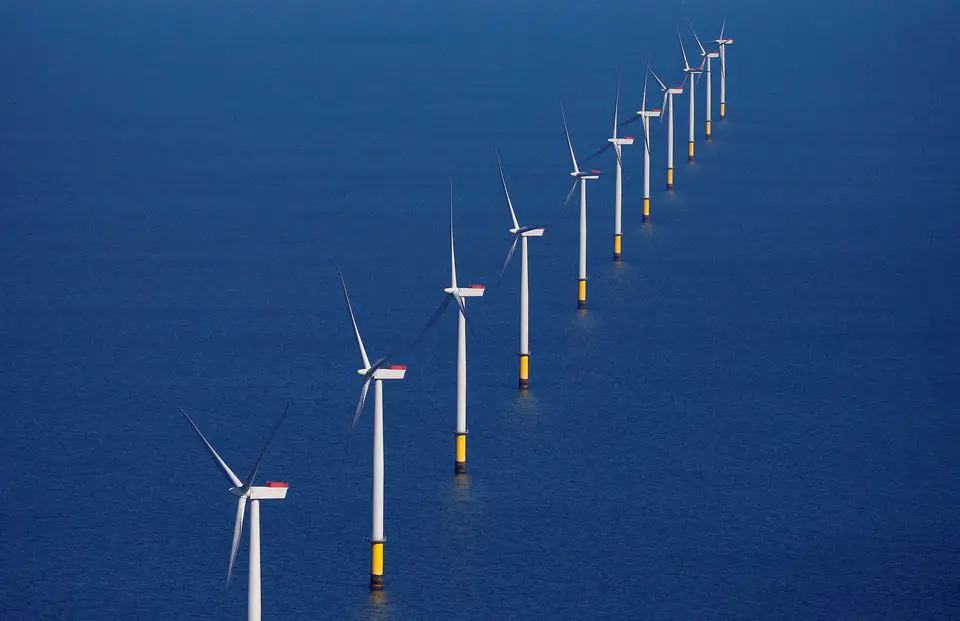First tender will begin this year for Norway’s bottom-fixed offshore wind turbines in the southern North Sea, planning to create 1.5 gigawatt of electricity able to supply the Norwegian mainland. Offshore wind is perceived as a significant new industry providing a potential transition for Norway’s dominant oil and gas industry to a future renewable energy, whilst enhancing the existing technical knowledge.
In the second half of this decade, the first phase turbines could be completed, Prime Minister Jonas Gahr Stoere stated in a news conference, further stating that government subsidies may be needed to get the scheme going. The second phase of the development, in the same region of the southern North Sea, will later follow, having the same capacity and may supply power to the European continent, Stoere added. The tale of power export to the rest of Europe is contentious in Norway because of the potential effect on domestic power prices. Like other parts in Europe, Norwegian consumers have had to survive in recent month with rising bills.
Read also: Forth Bridge walkway plan gains momentum.
The first phase of Norway’s bottom-fixed offshore wind will generate 1.5 GW.
The first 1.5 GW phase could generate 7 terawatt hours (TWh) of power, equalling to the needs of 460,000 households, stated the government. Furthermore, centre-left government of Norway, which assumed office in October, recapitulated plans to grant industry to build floating wind turbines in a different region of the North Sea, Utsira North. The government also would seek to pick out other offshore acreage for wind turbine project elsewhere.
The previous government had chosen the two North Sea regions to develop up to 4.5 gigawatt of floating and bottom-fixed offshore wind, which has brought massive interest from domestic and international investors. Part of the companies which epressed interest include: Eni, Orsted (ORSTED.CO), Equinor (EQNR.OL), Shell (SHEL.L) and BP are among others. However, the tender process has recently suffered delays amid a spike in power prices, with the domestic demand rising, bringing the discussions over whether to connect the Norwegian offshore wind farms to other markets.

